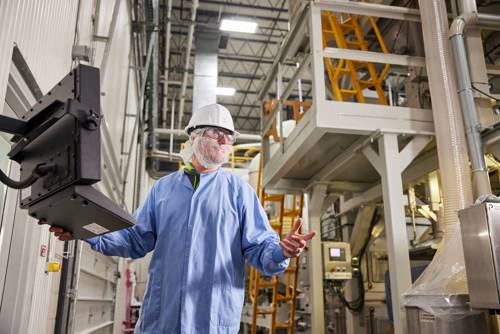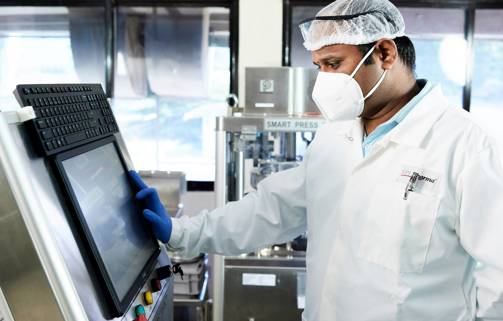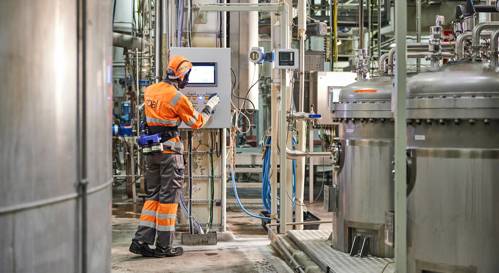Looking after water
Water is a precious resource that many of our operations rely on for manufacturing and the safe running of factories. We take our responsibility seriously and actively measure, monitor and improve the amount of water we use and how we dispose of it safely.

Measuring and monitoring
Every ABFI site monitors its water usage. With these data and benchmarks, we can see opportunities to improve our water use. We challenge our teams to find efficiencies, including recirculating water. Across our operations, we also monitor the oxygen demand of wastewater effluent to maintain water quality and protect precious ecosystems.
Working with our parent company, Associated British Foods plc and using the WWF Water Risk Filter Tool, we have identified sites operating in water stress areas. Those sites have specific action plans to improve effective water stewardship.
Simple steps, significant changes
At PGP International, water is essential for cleaning machinery safely. However, a simple adjustment to the cleaning schedule made flushing equipment more efficient and reduced water usage. As a result, wastewater volumes decreased by 46% between 2018 and 2022.
Harvesting rainwater in India
The SPI Pharma site in India operates in a water-stressed region. It’s imperative to conserve as much water as possible by capturing rainwater and not drawing on water needlessly.


Investing in infrastructure
ABITEC Corporation has reduced the water required to cool chemical reactors by investing in heat exchangers. Coupled with a distributed control system, ABITEC Corporation has controlled the rate of flow to allow more heat to be absorbed by the water, saving about 53,000m3 per year.
At the SPI Pharma site in France, infrastructure and technology investments have improved the efficacy of wastewater management systems.
Optimising processes with technology
At Roal Oy, AB Enzymes’ joint venture manufacturing partner in Finland, engineers recognised that cleaning specialist machinery accounted for 85% of the wastewater produced. The team has achieved water savings and wastewater reductions by modifying software and reprogramming cleaning sequences.
Improvements to recirculation processes and switching to more effective washing agents also reduced chemical levels in the wastewater by 50%.

